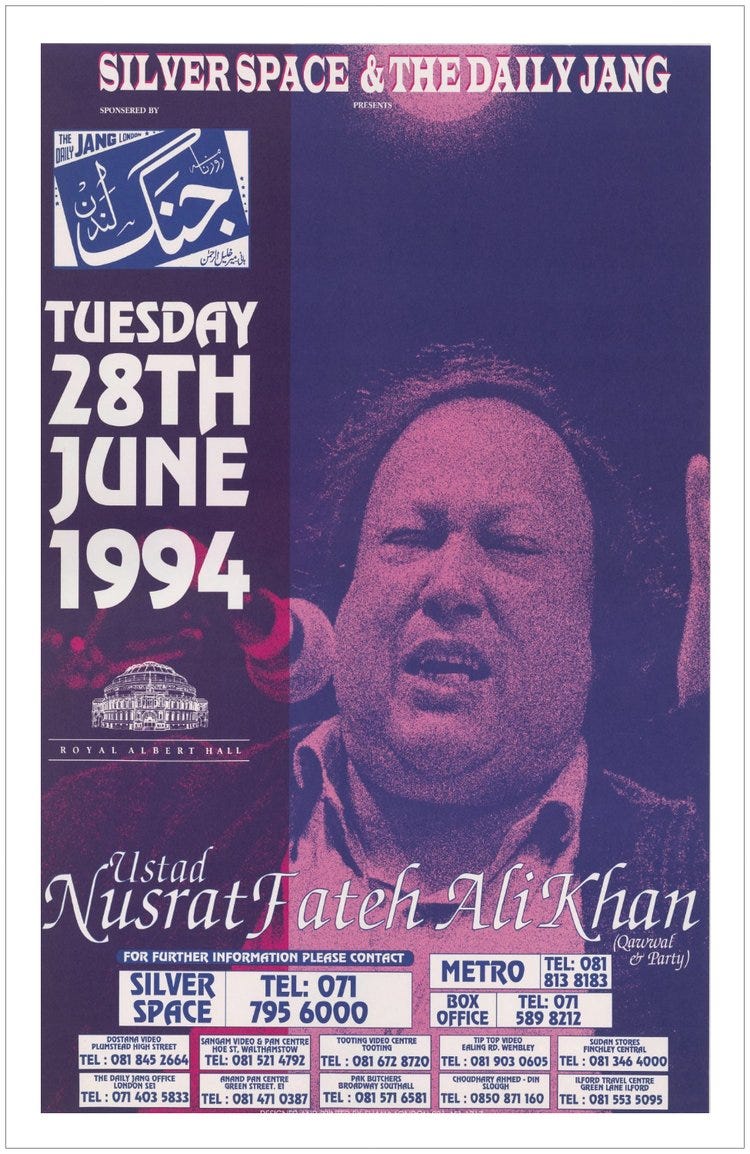Welcome to the Brown History Newsletter. If you’re enjoying this labour of love, please do consider becoming a paid subscriber. Your contribution would help pay the writers and illustrators and support this weekly publication. If you like to submit a writing piece, please send me a pitch by email at brownhistory1947@gmail.com.
Don’t forget to check out our SHOP and our Podcast.

Drinking in History at London's India Club
On a particularly busy stretch of London’s Strand, tucked away between a shabby newsagent and an expensive-looking coffee shop, a nondescript doorway opens out onto the bustling sidewalk. It’s the kind of place that you could walk past a thousand times without ever realizing it’s there—there is very little to make it stand out in any way, save for the slightly weathered sign reading “HOTEL STRAND CONTINENTAL” that hangs above the door, and even that is easy to overlook amid the dizzying perpetual motion of the London street.
There is no lobby when you enter the doorway—just a flight of narrow, uneven stairs. Follow them up to a small landing, where straight ahead you will find the hotel’s check-in counter, itself fairly unremarkable other than that it looks like it could have fallen out of a 1950s photo album. Turn right through the double glass doors, however, and you will find a short hallway leading you into an airy lounge, where stained-glass windows and walls painted soothing shades of cream and sage welcome you to the India Club.
To step through the India Club’s glass-paneled doors is to step back nearly three-quarters of a century into the past, when the Club’s namesake was still a fledgling nation, only just beginning to take its first steps into a brave new world. The space appears to have remained virtually unchanged since its establishment following Indian independence and the end of British rule, and indeed, the faded grandeur of that dying empire’s final days still lingers in the air like a vanishing cloud of smoke. The India Club is far from ostentatious—the paint on the walls is chipped, the wood molding scratched, the furniture simple and even cheap—and yet the place is nevertheless permeated by an air of historical elegance. Indian artworks and framed portraits of freedom fighters line the walls, and the windows which look out onto the busy street below are lofty and commanding, adorned at the top with stained glass panels.
Often, when I come here in the afternoons to write, the lounge is entirely deserted—even the area behind the counter is empty. In the evenings, however, the place fills up quickly and without warning as the dinner crowd from the restaurant upstairs—a simple, no-nonsense curry house, with walls painted pale yellow and row after row of rickety formica tables—spills into the lounge below. It is the kind of establishment where the vast majority of patrons are longtime regulars, and in the evenings the walls reverberate with the same heady cocktail of voices, laughter, and clinking glasses that have filled the space for more than 75 years.





